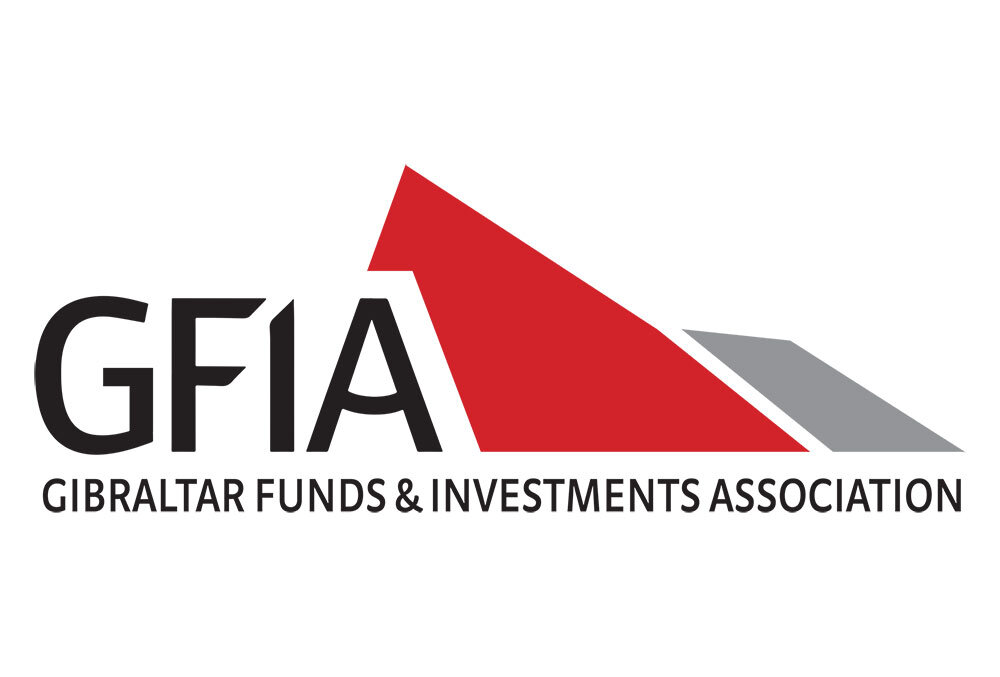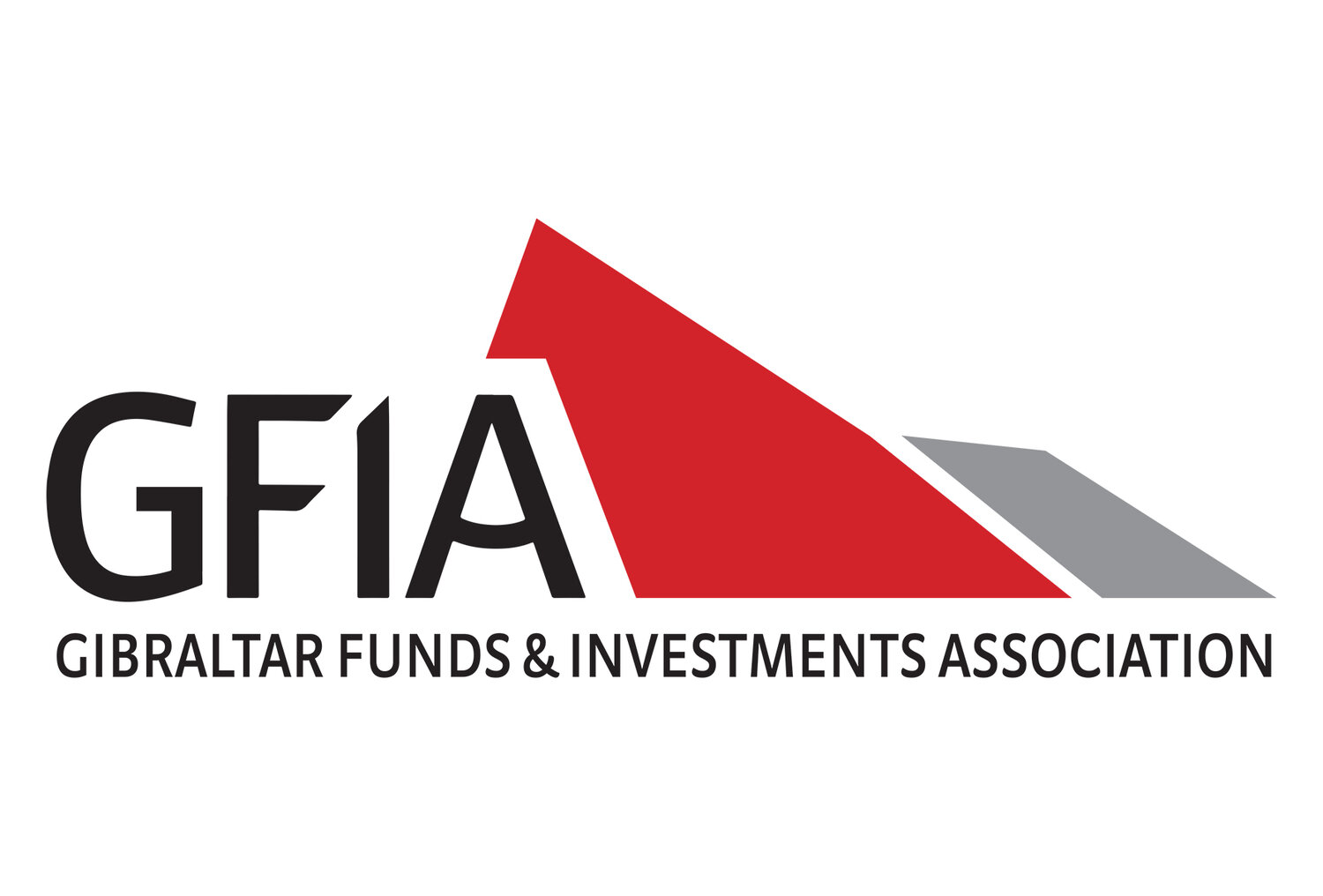Setting up a Fund - What Should the Manager Charge ?
Experienced investors are familiar with the ‘2 and 20’ fee structure having been a high level industry baseline for hedge funds for many years; but there are a number of considerations to take into account when determining fees that are both attractive, functional and incentivising.
How does the typical ‘2 and 20’ structure work?
Fees paid to the fund manager seek to align interests of managers and investors. The structure comprises two key components:
A management fee which is an annual fee charged to cover the operating costs of the manager, normally 2% of the fund’s net asset value per annum; and
A performance fee or incentive fee which is a reward for positive returns and typically set at 20% of the fund’s profits.
Interests can be further aligned with the use of high water marks, hurdle rates, fixed percentage thresholds or claw-back provisions:
A high water mark ensures a manager is only paid fees on new profits and incentives are not paid on profits that simply offset the losses of previous years.
A hurdle rate is the minimum rate of return that must be generated before performance fees are charged. This could be a fixed percentage or variable rate which could be linked to a benchmark.
A claw-back provision allows investors to claw back fees paid during an investment period if subsequent losses occur.
Performance fees are then calculated on an investor by investor basis.
What to consider when determining manager fees?
In recent years, there has been increasing pressure from investors to reduce fees and industry standards have dropped; so what should a manager consider when deciding on fees:
Strategy and asset class
The chosen performance fee model must align with the fund’s investment policy, strategy and objectives. Where a fund is pursuing an absolute return objective, a high water mark model would be more appropriate than reference to an index.
Where assets are long-term investments (private equity), it may only be appropriate to take performance fees on sale of such assets. This may additionally be limited to only take place during a set period (liquidation or exit period).
Operating costs
Markets are volatile and while times are good and performance fees are high, a manager should ensure they are prepared financially to be able to weather poor market conditions.
Where managers operate a performance fees only model (with no baseline management fee), financial planning and cost control is crucial for ensuring they can survive an extended period of time without performance fees and investors will want to be comfortable that the manager remains incentivised.
Calculation methods and crystallisation
Performance fees are calculated subject to a reference period and changing the frequency of crystallisation (the point in time when the high water mark is updated) will impact the end performance fees paid. The recommended holding period for investors in the fund should be considered when determining the crystallisation frequency.
The common crystallisation frequency is quarterly. Crystallisation once a year aligns well with the long-term objectives of investors but may not be appropriate to incentivise a manager especially where additional controls such as high water mark are utilitised.
Attractiveness to investors
Ultimately, a manager wants to ensure their fund is attractive to prospective investors and investors wish to ensure they are generating the best return.
It is often possible to reduce management fees as the fund’s AUM grows due to economies of scale and stronger negotiating power; but attracting initial investors is the hardest. Managers will want to ensure their message on fees is clear and emphasise how it aligns with investor interests. Showing ‘skin in the game’ can be a useful first step which can be further supported by re-investing performance fees.
Disclosure and transparency
Irrespective of the fee model and levels set, disclosure and transparency in the fund’s offer document are crucial for attracting investors.
The prospectus, as well as marketing material, should clearly set out all information necessary to enable prospective investors to understand properly the fees being applied and the calculation methodology. Clear numerical examples can be useful and all calculation methods need to be verifiable.
Heather Adamson is on the GFIA Marketing and Technical Subcommittees. To find out more about her work for Ramparts Corporate Services click HERE


